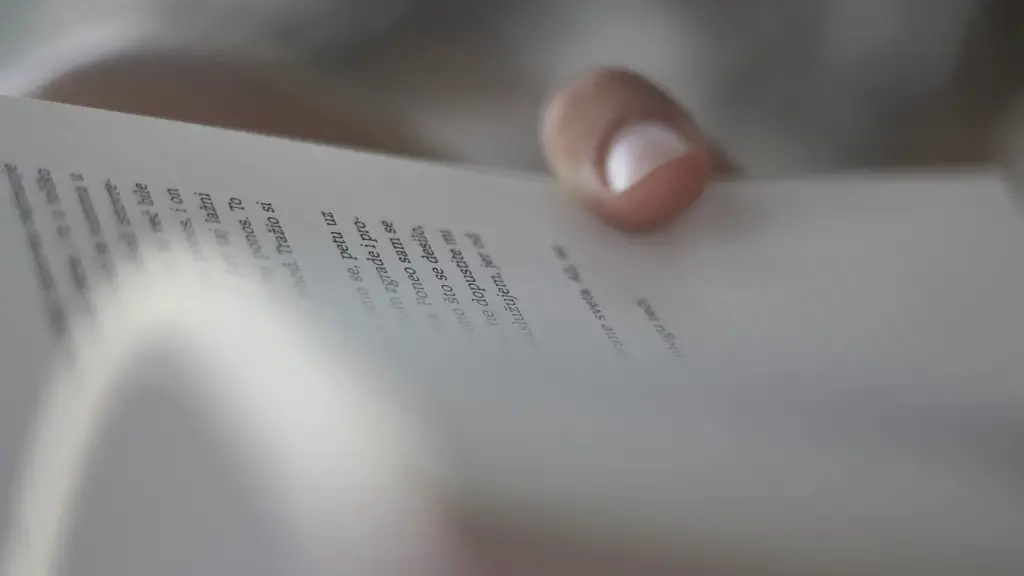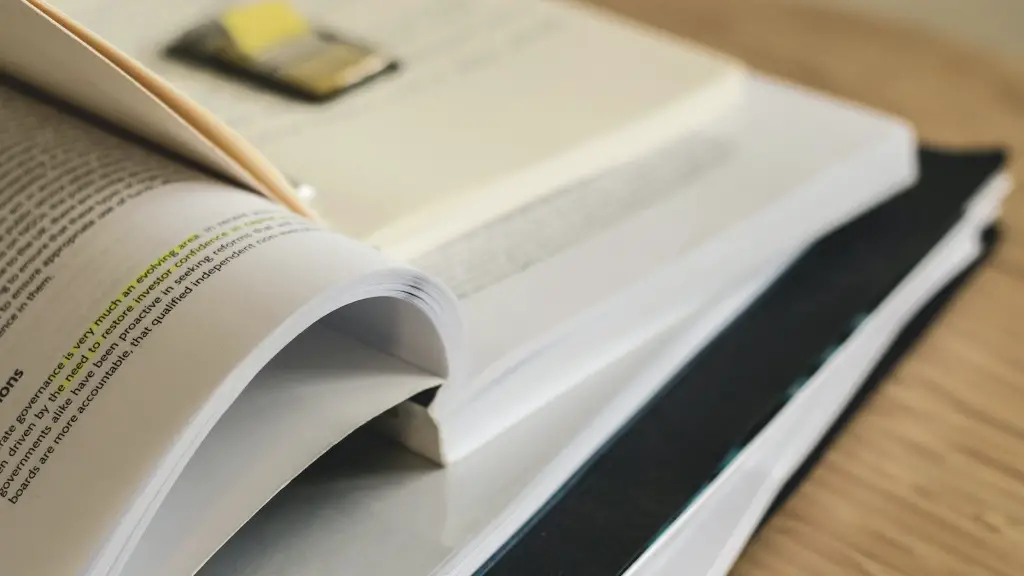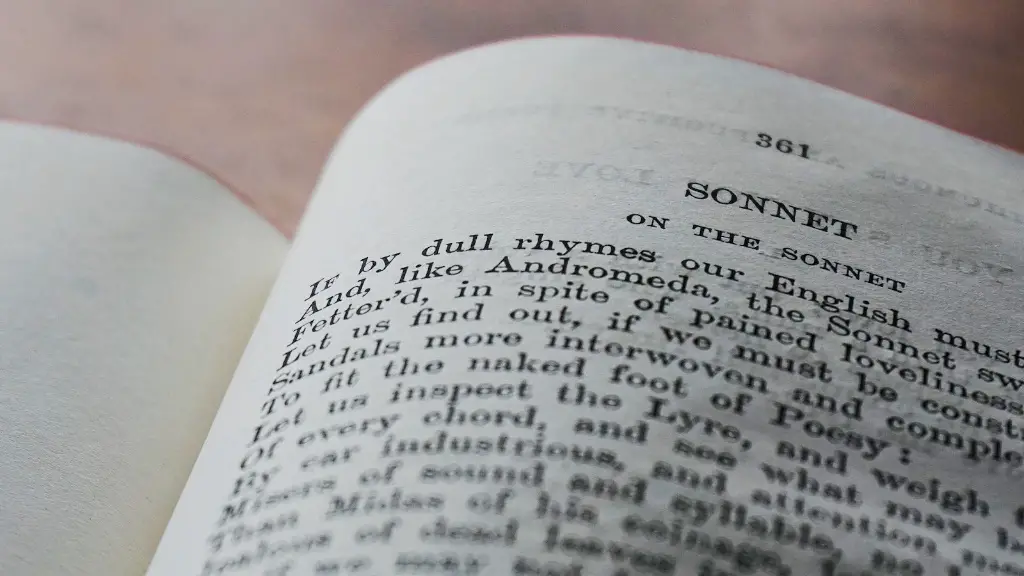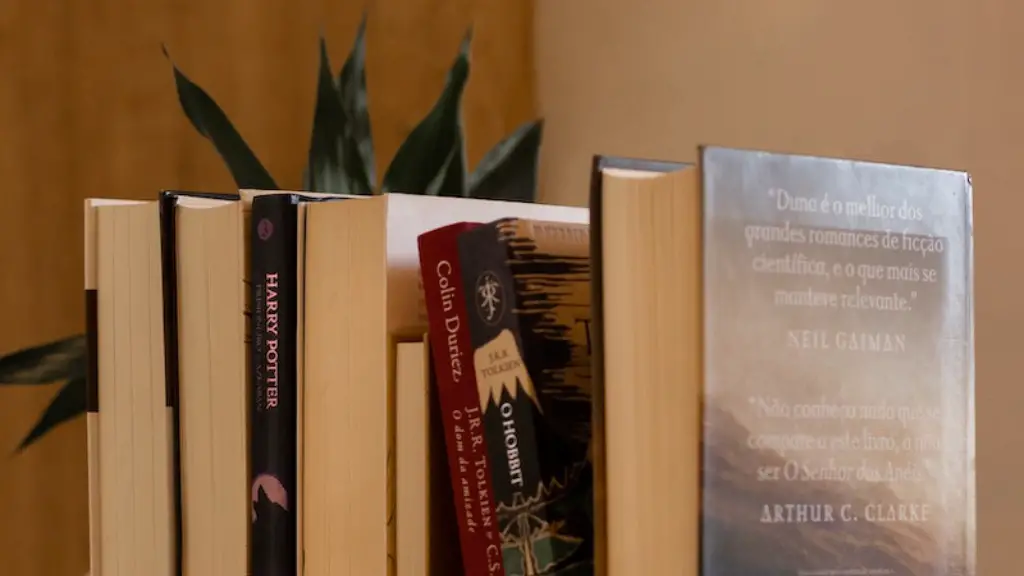Poetry has always been seen as a powerful medium for communicating ideas, feelings, and emotions since its inception. Cleanth Brooks’ groundbreaking essay, “What Does Poetry Communicate?”, is an examination of what it is exactly that poetry can communicate and how these messages are transmitted. Brooks’ essay is an exploration of the complexities of poetry and how important understanding the complexities are in order to fully appreciate and experience a poem.
In this essay, Brook’s expands and delves further into the concept of what poetry communicates by exploring and examining the different forms of poetic devices such as meter, sound imagery, analogy, and symbolism. He explains, “[Poetry] makes all of its sources of pleasure; the spoken sound of its verse, the intellectual pleasure of recognizing logical structure and the emotional pleasures of rhythm, portrait, and symbolism come together and form a unity.” To Brook’s poetry is not something that only one aspect of it can bring pleasure but instead, all of these aspects combine to give the reader a complete understanding of the poem.
However, Brooks also argues that it is through the poet’s choices that the poem can truly reach its heights of communication. Brooks states, “the poet’s decisions, consciously or unconsciously, largely determines the form a poem will take and the meanings that will be pleasantly evoked.” It is through the poet’s decisions and choices that the poem can come to life and become something meaningful and communicative. The way a poet chooses their words, the meter of a poem and the imagery that is used all come together in order to enhance the poem’s message and power of communication.
Sound Imagery
Though many characteristics of poetry contribute to the message, one of the most powerful devices is known as ‘sound imagery’. Brooks explains, “this was being used properly when the poet was able to create a situation in which the actual sounds of the words indulged the ear at the same time answering to the sense.” In this way, sound imagery allows the poet to draw the reader’s attention to their words and the feelings they evoke. Through the poet’s use of sound imagery, they can control the reader’s emotions and reactions to the poem. Additionally, sound imagery also helps to establish tone and mood within a poem, impacting the way the poem is interpreted.
However, as Brooks states, “it defeats its purpose if the poet relies too heavily upon sound to transcend the literal meanings of words.” While using sound imagery is an important a tool to create a meaningful poem, it must be used in conjunction with other devices to ensure the poem is not simply appealing to the ear, but the mind as well.
Analogy
Analogy is another device used by poets to enhance their message. According to Brooks, “to reflect is to choose analogues in order to emphasize the likeness of one thing to another, making us see and feel what might otherwise go unnoticed”. Using analogy, the poet can extend the perceived range of meaning, providing a greater understanding of the poem. For example, the use of a simile in poetic work allows the poet to compare two unlikely things and emphasize the similarities between them. This can help the reader to grasp a new concept and put it in the context of which they are familiar.
Language is also an important part of analogy. Brooks points out how “language can be used not only to communicate an idea, but also to evoke an emotion”. By using language in a unique way, the poet can evoke powerful emotions and draw the reader in, making them more receptive to the message. This is one of the key elements of success when it comes to poetry and communication.
Symbolism
Finally, Brooks discusses the use of symbolism, a device which can heighten the poetic aspect of a poem. Symbols have the ability to evoke a range of emotions, deepen the meaning and impact of a poem, and create a visual image or experience for the reader. That is why it is so important for poets to select symbols that will be meaningful to their readers. In this way, symbols help to bridge the gap between the concrete world of the poem and the abstract meanings it contains.
Brooks notes, “By virtue of these symbols and the emotion they evoke, a poem may stir us to action, to self-examination, or to a more profound understanding of the way things are.” Symbolism is a powerful tool that can help the poet to transform their poem into one that is emotionally charged and full of meaning. The use of symbolism can help a poem to become more than just words on a page but instead a journey of discovery and contemplation.
Form and Structure
Form and structure are elements that also play a role in the way a poem is perceived. For example, the use of certain forms, such as the sonnet or a villanelle, can add a level of structure that aids in the development of the poem. Brooks explains, “all well constructed poems display structure, for structure is to poems as form is to sculpture”. In this way, form and structure can help to provide a frame for the poem, making it easier for the reader to make sense of the words.
Form and structure also have the ability to help poets to explore multiple angles and perspectives, allowing them to go further and deeper into a topic. Additionally, form and structure can be used in order to shift the focus and make elements of the poem stand out more prominently. This can be used to emphasize certain messages or themes, helping the reader to gain a better understanding of the poem.
Conclusion
Brooks’ essay, What Does Poetry Communicate?, is an in-depth exploration into the complex world of poetry and the various tools it employs. In this essay, Brooks examines the concept of what poetry communicates and how it is transmitted by focusing on poetic devices such as meter, sound imagery, analogy and symbolism. He explains how these devices create a sense of unity and make the poem meaningful. Additionally, Brooks explains how through the poet’s choices and use of these devices, the poem is able to come to life, conveying powerful messages and evoking emotion.
In conclusion, it is apparent that poetry is more than just words on a page. It is an art form that has the ability to communicate complex ideas in a vivid and evocative manner. As Brooks explains, “A key to poetic pleasure is the reader’s ability to comprehend the complex structure of meaning that is precisely expressed”. As this demonstrates, understanding the complexities of poetry is key if one wishes to gain the most out of their reading experience.
Analysis
In Brooks’ essay he highlights the importance of understanding the complexities of poetry in order to fully gain the message of a poem. He discusses the various tools that a poet may use to create meaning from their poem, such as sound imagery, analogy, and symbolism. While these devices are powerful tools for a poet, Brooks does point out that their use must come in conjunction with others for the poem to be truly successful. Additionally, he emphasizes the nature of choice and how it is through the poet’s selections that the poem is able to come to life and truly have an impact.
It is apparent that Brooks’ essay is attempting to highlight how complex and meaningful poetry can be, and encouraging readers to take the time to fully appreciate a poem and its power of communication. He implies that technology is changing the way we encounter poetry, and urges readers to not let technology slip between the cracks of poems, but instead to focus on their intricate form and emotions of a poem.
Ideas Expansion
Brooks’ essay is an examination of the complexity of poetry and how the various tools poets employ all contribute to the poem’s message. He explores the use of sound imagery to create a level of emotion, the use of analogy to extend the perceived range of meanings, and symbolism to evoke emotion. However, his essay does not explore the use of other poetic devices such as personification or alliteration.
Poetry does not just focus on the sound, imagery and themes but also encompasses the structure of a poem itself. Structural devices such as rhyme, metre and verse can all have an impact on a poem’s meaning. Understanding the structure and form of a poem is essential in interpreting the message of the poem. Additionally, it can also impact how a poem is perceived, as a certain form can evoke certain emotions and feelings.
Impact of Technology
With the increased and widespread use of technology in today’s society, it is important to consider how this may be impacting our experience of poetry. Technology has altered the way that we consume information and literature, and thus, it could easily be argued that it could be interfering with our experience of poetry. It can be hard to build an emotional connection with a poem when it is read quickly on a screen.
However, this does not necessarily have to be the case. Technology can be a powerful tool when it comes to enhancing the experience of poetry, allowing us to better appreciate and connect with a poem. For example, with today’s technology one could easily explore the background of a poem or watch a visual rendition of a poem. Technology has provided us with an opportunity to better engage with a poem, allowing us to explore and interpret it from different angles.
The Spoken Word
Though poetry is often viewed as a form of written literature, its various tools, such as rhythm and assonance, still resonate when the poem is spoken aloud. Poetry has a long history of being performed by poets, and thus, it is clear that spoken poetry has the power to move and evoke powerful emotions in its audience. One could easily argue that spoken poetry is more powerful than written poetry, as it allows the poets to more fully express and communicate their ideas.
The use of spoken poetry can be powerful when exploring topics such as injustice or power. When put to music, it can enable the poet to convey a powerful message, creating a clear and profound impact on the audience. It is undeniable that spoken poetry has the potential to convey a poem’s message in a more powerful way than written for. Furthermore, it has the ability to engage an audience in a way that written poetry cannot.





